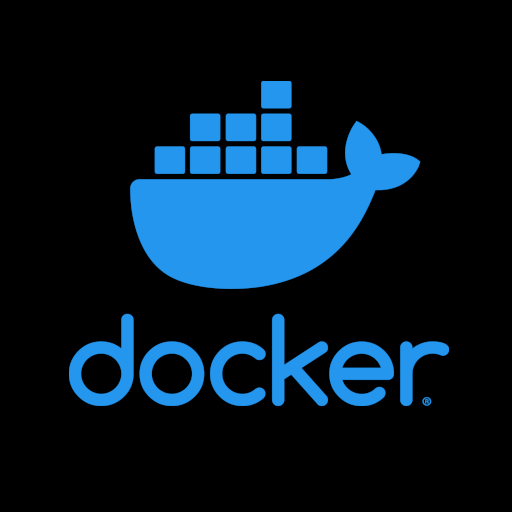

From that same discussion thread:
We plan on supporting any token/nft/coin for tipping, awards, curating, less captchas, etc. Each subplebbit owner should be able to create their own tokens or nfts to monetize their effort and incentivize their users to participate. Avatars will also be curated NFTs.
The protocol does not use blockchain for data, but the web service itself looks like it would use crypto and NFT to manage aspects of user identity, spam prevention, and monetary incentive.






You can host docker volumes over NFS, but the actual container images need to exist on a filesystem that supports overlay (which NFS does not) unless you want things to be slow as shit. And I really do mean miserably slow. A container image shared over NFS will take forever to spin up because it has to duplicate the entire container filesystem instead of using overlays, and then it’ll blow up your disk usage by copying all these files around instead of overlaying them. It’s truly unusable.